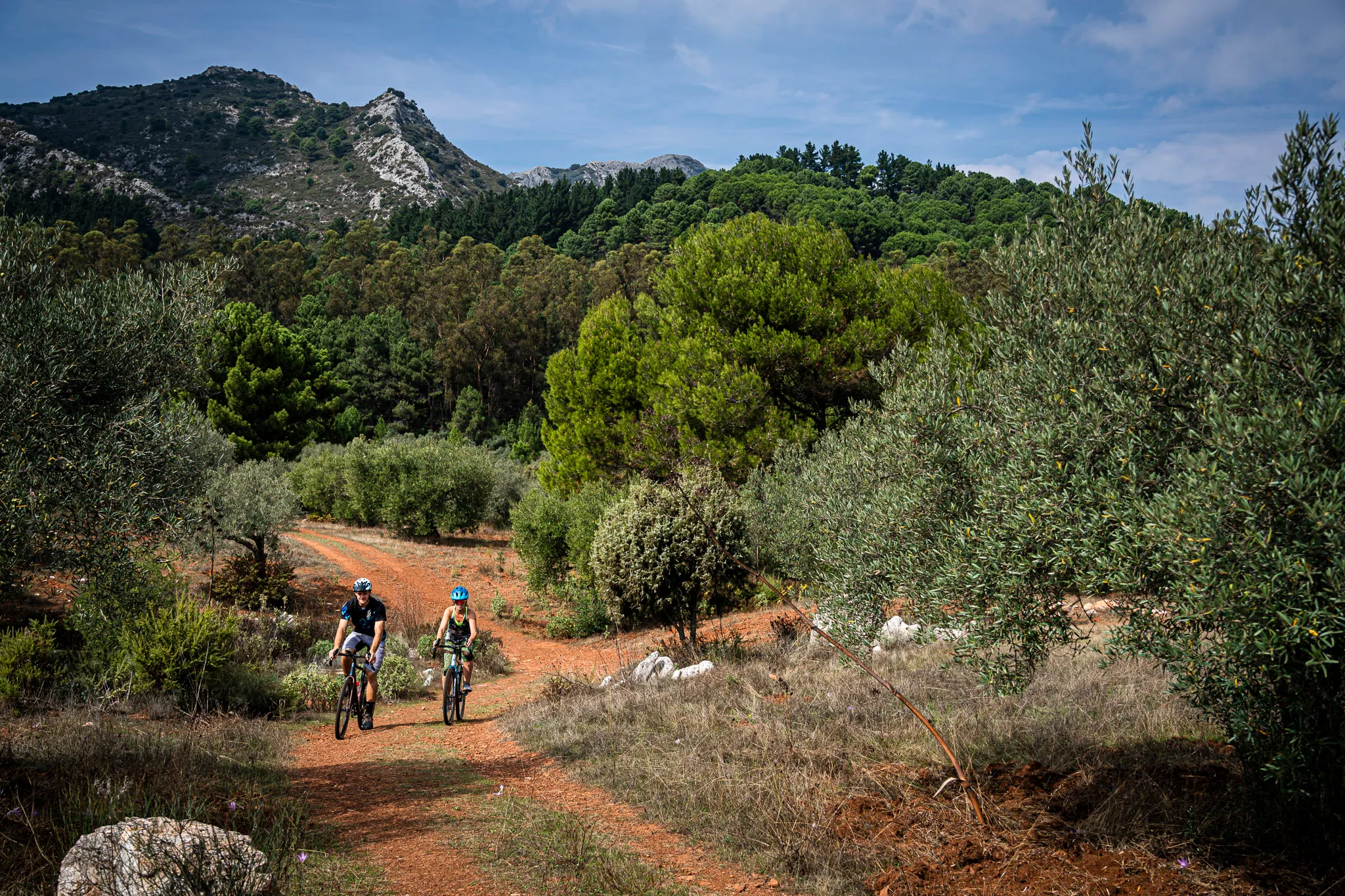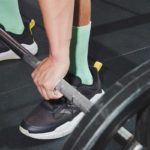Gravel Bike Racing has become the new craze and events are being held all over the world. Gravel grinder events come in many different styles, from full-blown races to charity rides.
Here are a few tips that will make your GROAD experience (gravel road) the best. If you are a veteran of highway racing who is looking to escape the traffic or a newbie seeking a new adventure, I will focus on a few broad categories that should be considered. You may get caught up in the thrill and adrenaline as you imagine yourself flying through the countryside wearing your neon spandex, with cows nodding at your incredible pace. Before you start grinding up the muck on your bike, check below to see if there is a nugget in your saddlebag. This could be the difference between a memorable experience and putting your machine on the next storage sale. Let’s get started.
Selecting a Course
Now, there are sooooo many options for using gravel. It’s improbable! It’s impossible!
You’ll usually spend more time on your bike than if you were covering the same area on the pavement. It’s obvious but worth stating. If you’re used to driving at 18-20 mph, prepare yourself to drop that speed by 20-30% right away. Even the biggest engines will be slowed down by a more upright position, larger tires and higher rolling resistance. Consider adding a minimum of 30% more time to your normal time when covering a certain distance on pavement, even if the elevation is similar. If you are one of those people who can do a 5-hour century on pavement, you will need to spend at least 6 1/2 hours on gravel for the same distance. This time difference will be important to consider when choosing your gravel race.
Your course may also have many ups anddowns depending on your location. Gravel roads are more likely to follow the terrain than paved roads. This means that there will be more curves, dips and rollers on gravel roads. Not to mention, event organizers like to add some “options” to make the occasion unique. This is what makes these events unique and interesting. These demands must be planned for.
Bodily preparation
This is obvious, right? Let’s look at a few ideas that may not be obvious to maximize your efficiency and enjoyment.
At the end of the day you are riding a motorbike. Let’s start there. If you’re a skilled rider, you will only need to make a couple of modifications to your training plan to maximize your gravel performance and expertise.
You’ll need a training plan first. You’ll need a periodized plan which takes into account your starting point, your event, and your schedule to ensure you get the training and recovery you require. We have coaching plans available if you already have a plan. If you’re determined to do your own training, here are a few things to consider.
Core and upper physique power
Your neck and shoulders are the first to suffer on a long gravel journey. If you’re on loose surfaces or washboards, your upper body takes a hit. It doesn’t matter what suspension system or tire pressure you use, it is worth incorporating core and upper body strength work into your program.
You should focus on core stability and posture. Maintaining a good position on your bike will help you to reduce fatigue and maximize energy output. If your structural integrity fails, everything else will follow. Even though it may seem trivial, a few simple posture exercises that focus on lifting your chest and keeping your head neutral can be a game changer at the end of a long day. Add a full-body strength and yoga program to your power plan.
It’s not necessary to become a cross-match junkie, but incorporating power into your experience a few times a week will improve it significantly. You might even be able to fill that oversized t-shirt in your swagbag.
Bike Dealing
You may find that depending on where you are riding, you have GROUND that makes you wonder if you need to go to the dentist. Or if you wish you had a fat bike. Gear selection can help with some of these issues. No matter which bike you choose, it’s important to learn how to handle the machine in all kinds of situations. It’s easy to answer that question…
Observe!
Find some sand or gravel near you and go out to observe. You can observe a line around it and how you may use it. These sections can be a source of power, or a place to store it. It’s safer to know that you are able of coping with yourself if you ever find yourself in the hearth swamp. Keep an eye on these things. Observe some more.
A few words on turning, using one hand, looking over your shoulder, avoiding obstructions, and holding a straight, predictable line. SEE WHERE YOUR GOAL IS! Compare the location you want to go with that of your destination.
The gravel can be loose and unpredictable, and the edges (or shoulders) of the road are usually mushy. This will cause you to fall into the ditch. If you end up in the ditch, DO NOT try to get out. Slow down and make sure it is safe to return. Avoid hurried or sudden movements, especially when in a group.
When possible, keep to the inside of the crown when making unrestricted turns – especially if you’re descending.
Use in a group. When you’re in a group, the best place to be is at the bottom with soft elbows. You will be able to protect your front wheel and have better stability.
Observe hitting sandy or unfastened gravel with pace and searching for a brand new line…progressively. Again, avoid sudden or jerky movements.
Watch yourself eating and drinking. You may have to be able to reach your food, open it and consume it. Keep at least one hand always on the bars.
If you’re a beginner, start by finding a grassy area that is mushy. The results will be more forgiving than with gravel.
Neuromuscular Energy and Power
It may seem counterintuitive to have a long endurance gravel event. This is one area that’s often overlooked. Gravel driving requires you to use your neuromuscular strength with frequent accelerations and high torque. Gravel roads tend to be more frequent rollers, and event organizers will often add a wacky obstacle to the mix. You are burning a match each time you press down on the pedals to achieve a high torque. This can be tiring and lead to cramps if you do it for long periods of time. Muscular fatigue is the most common cause of cramping. Neuromuscular coaching is a great way to mitigate this. Add some power training to your recipe for success. You should have power already in your training program, or be a few months from your big event. Even 6 weeks of power training can be a long-term solution for slowing down the rate of muscle fatigue and breakdown associated with gravel use.
Coaching Stimulus
Below are some coaching rides that you should incorporate in addition to the 4DP metrics.
Build your cardio base with long, heart-rate-driven base rides.
You will be prepared for short climbs and accelerations by a neuromuscular endurance effort.
Combine interval endurance rides to build endurance and repetition.
The cadence of excessive cadence or low cadence (low torque) practice outside your optimal cadence will vary. This is helpful in adapting to a variety of terrain.
The coaching combination is focused on restoration. Correct restoration is required to get the exact variations. Almost every athlete has a problem with restoration. It can be difficult to determine when to stop. The end of every two- or three week block of training is when coaching plans consider recovery. You’re encouraged to use a sports science-based method for your training and recovery.
Psychological Coaching
What? Why should I do psychological training if I am doing it for fun? You know the expression, “it seemed like a great idea at the time”? Often, things are not what they seem. If you bite off more than you can chew, you will be happy to have the psychological training feather in your hat.
No matter the event, psychological preparation is always a good idea. You can get by with out a good look at where you are and where you’re going in a short event. But why?
Why not take the time to look in the mirror and see the person who is looking back at you? Then, make a plan. This may be the most important decision you ever make when it comes to training. This is what will help you keep the practice going on the track when things aren’t going well. A good mental training plan can help you maintain balance in your life and work.
Fuel
A meal/diet program can make the difference between you smiling so hard that you end up with bugs in your teeth and relying on finding these bugs as a snack.
Fueling requirements and tolerances are different for each rider. Fueling and hydration become more important as your event gets longer. Real food is great. It’s important to chew, but that’s only part of the reason why it’s better. Chewing improves digestion and nutrient absorption. This is less likely to cause stomach problems than sugar-based drinks or gels. You can’t replace all of the calories you consume during an event, but if you can eat around 30-50% you should be fine.
Depending on your size and energy output, this could be anywhere from 100-500+ calories per hour. You can get some of it by consuming an electrolyte mix, but be careful not to consume too much energy. This could lead to stomach issues that will result in…well you know what happens. You’ll need something more substantial than gels and sugary drinks for events lasting longer than two hours. If your event has drop bags, consider wrapping a snack or sandwich that won’t melt in the heat. It’s a good idea to have a can of Pringles on hand at mile 80. Try out different foods and eat them on your training rides. It goes without saying that hydration will be key.
Start early and continue to consume.
Pacing and Technique
It seems that the trend is to make events longer and harder. It’s important to have a strategy for how you will pace yourself. You’ll likely be using yourself more than usual. You will need to manage your energy resources and take advantage of these energy-saving methods.
Look at the profile of the course. Estimate how long you will be on the course and what you would do if you were to use it alone. Plan your stops at checkpoints or help stations. Find out where the biggest challenges are and make sure that you have the resources necessary to overcome them. You may have to be very good at a big climb, a sand part, or even a timed section. Also, consider the weather and wind direction. What will happen if you have to drive the last 45 miles into a headwind. Some of these issues can be planned out in advance, but the weather is not always one of them. When the occasion comes, it’s best to have a plan.
Another consideration is whether you will try to stay with a group. It’s a good way to share the burden and improve your speed, but make sure you don’t expend too much energy to keep up with a team that is above your pace. You should know what you can handle and how it will impact you in the future. If you’re a seasoned cyclist who is used to the group dynamics, and the shuffle that comes with being at the front of the pack, then go for it. If not, then I would leave that to another time.
It doesn’t have to be complicated, but your plan must be deliberate and premeditated.
Gear
Yee Haw You have just purchased a new gravel crusher and you are ready to tear. There are many easy ways to get your child to work for maximum safety, enjoyment and efficiency. Have you ever heard of washboards before? You can drastically alter your experience by navigating through sandpits, rutted pastures, sharp stones, and unfamiliar terrain. You should adjust your gear based upon the needs of the event. It is a good idea to ask other racers on forums what gear they will be using on the big day.
The naked minimal can handle large tires. The terrain is what determines the tire size. On the narrowest bike, you should be able to use 35mm tires. The sweet spot is usually between 38 and 43mm. The wider you go, the looser and more rough your course is. The tread pattern is dependent on the course, but if you are using it on a road that is buttery smooth then a small amount of tread would be a good idea. Tubeless tires are a must. This is a game changer.
Tire pressure is important. You’ll bounce around if the tire pressure is too high. If it is too low, you risk damaging a rim in case you hit a hidden stone. You can find charts that will tell you the “optimal” pressure. This is a simple trick: place your finger on the tire and then put another hand on top. Push down firmly. This can be used to determine how your tire will bounce if you hit a rock, or another obstacle. If you can touch the rim with your finger, you are way too low. You can easily determine the tire pressure you need by hitting some washboards at speed. Observe.
The handlebar and saddle type is more of a personal choice. Fewer wider bars can be a great choice for some, as they offer a little more control in loose sections, turns and downhills. The saddle should be comfortable and able to adapt to changes in riding positions (tops, hoods and drops).
The majority of gravel events cover long distances in rural landscapes without course markings. Having the right navigational tools is crucial to achieving your goals and finishing the gravel bike race event. No one plans to get lost. GPS bike computers like the ELEMNT provide turn-by-turn directions and can even reroute the rider back to the route if they ignore the map. Plan ahead and prepare.







